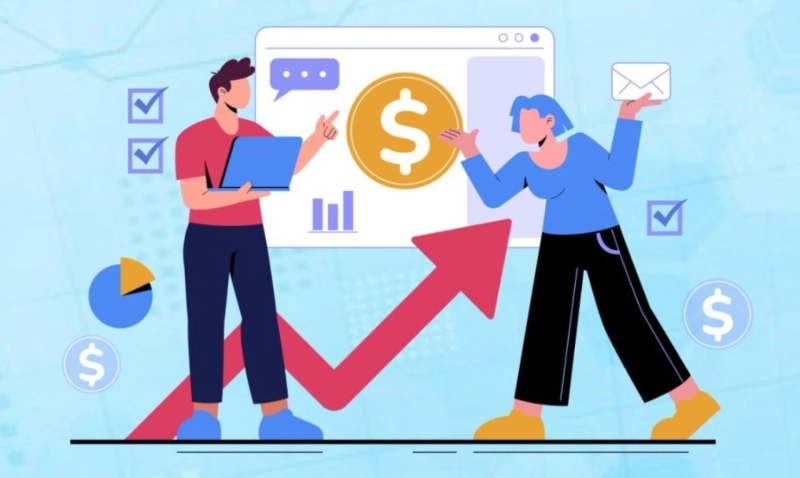As digital advertising becomes more sophisticated, brands are investing heavily in Demand Side Platforms (DSPs) to automate and scale their media buying efforts. However, one crucial decision often arises early on: Should you manage DSP campaigns in-house or hire an external agency?
Both approaches offer unique advantages—and challenges. In this article, we’ll explore the pros and cons of in-house DSP management vs. working with a programmatic agency, so you can choose the best path for your business.
What Is DSP Management?
DSP Management is the process of operating and optimizing programmatic advertising campaigns through a Demand Side Platform. This includes:
- Audience targeting
- Bidding strategy
- Budget allocation
- Creative optimization
- Performance tracking and reporting
Whether managed internally or outsourced, successful DSP campaigns require expertise, data, and continuous optimization.
Option 1: In-House DSP Management
Pros:
✅ Full Control
You maintain complete control over campaign strategy, data, targeting, and creative execution.
✅ Cost Transparency
There’s no markup or management fee—your media dollars go directly into your campaigns.
✅ Proprietary Data Use
In-house teams can integrate DSPs with CRM systems and first-party data for deeper insights and personalized targeting.
Cons:
❌ Steep Learning Curve
DSP platforms are complex and require technical knowledge, especially with advanced features like bid strategies or DCO.
❌ Resource Intensive
You’ll need a dedicated team (or individual) with experience in programmatic media buying, data analysis, and creative management.
❌ Slower Scaling
Without expert-level knowledge or cross-client insights, scaling efficiently can be harder than with an experienced agency.
Option 2: Agency DSP Management
Pros:
✅ Expertise on Demand
Agencies have specialized programmatic buyers and analysts who know how to optimize campaigns quickly and effectively.
✅ Faster Time to Market
Agencies can launch, manage, and scale campaigns faster because they have streamlined processes and tools in place.
✅ Access to Premium Inventory & Tech
Agencies often have preferred partnerships with DSPs and ad exchanges, giving you access to better inventory or beta features.
Cons:
❌ Less Transparency
You may not always see a detailed breakdown of costs, especially with fixed-fee or percentage-based models.
❌ Potential Misalignment
If communication isn’t strong, agencies may misinterpret brand goals or tone, leading to misaligned creatives or strategies.
❌ Shared Focus
Agencies juggle multiple clients, which may impact how much attention your account receives unless you're a top priority.
How to Decide: In-House or Agency?
ConsiderationGo In-House If…Go Agency If…Budget SizeYou have a large enough budget to support a team & techYou want to maximize results without internal overheadExpertiseYou already have programmatic professionals in-houseYou lack internal DSP knowledge or experienceSpeedYou prefer slower, more controlled rolloutYou need to scale quicklyData SensitivityYou want to retain full ownership of user dataYou're comfortable sharing access securelyInnovation & TestingYou want to build and own your own playbookYou want access to cross-client testing insights
Hybrid Model: The Best of Both Worlds?
Many brands are now opting for a hybrid model, where agencies handle technical execution and performance, while internal teams manage strategy and creative direction. This approach allows for flexibility, faster learning, and better collaboration.
Final Thoughts
Whether you manage DSPs in-house or hire an agency, the key to success lies in clear goals, data-driven decisions, and continual optimization. Small brands may benefit from agency expertise, while larger enterprises with more resources might prefer in-house control.
There’s no one-size-fits-all approach—what matters most is choosing the structure that aligns with your marketing goals, resources, and timeline.

